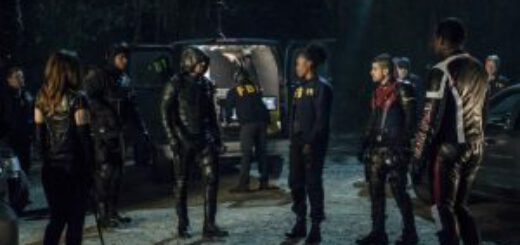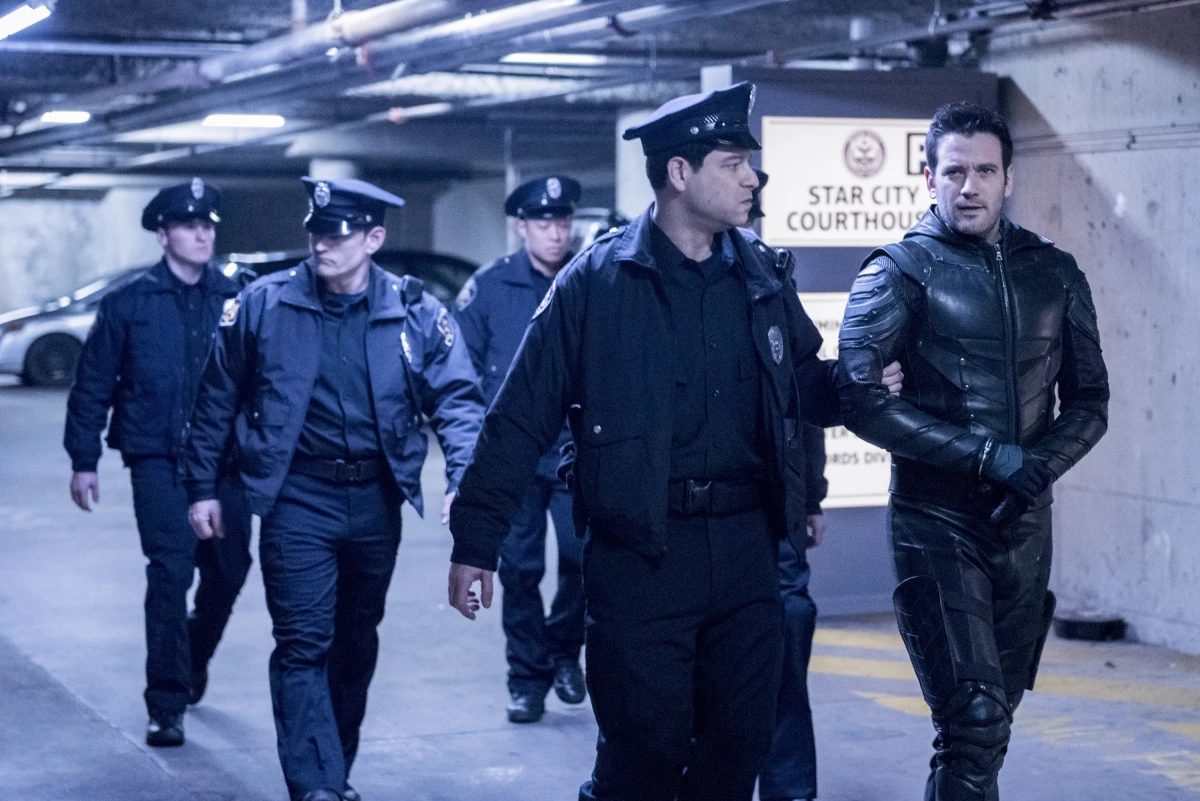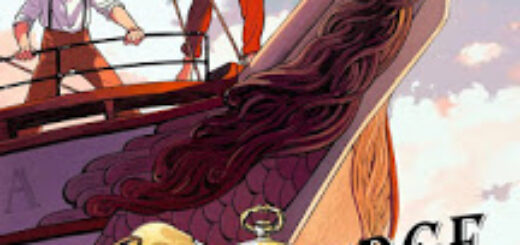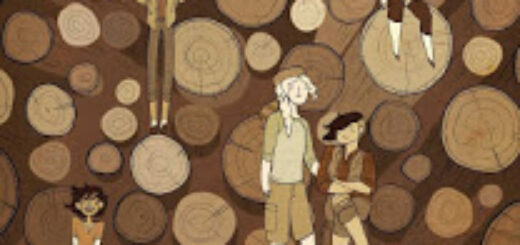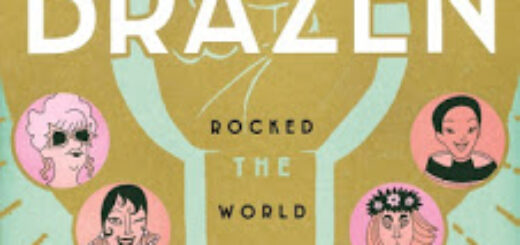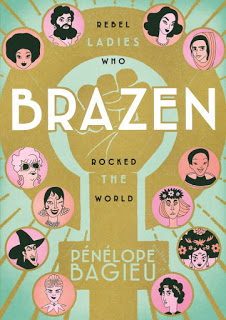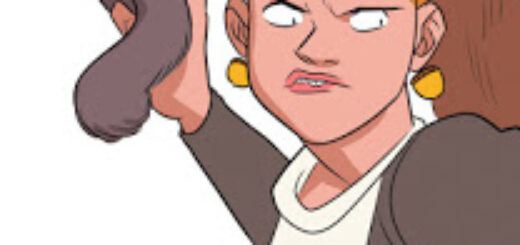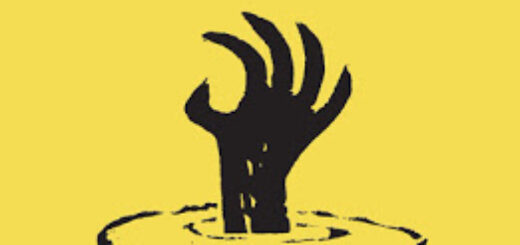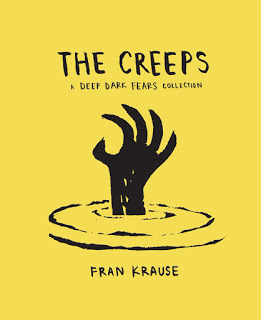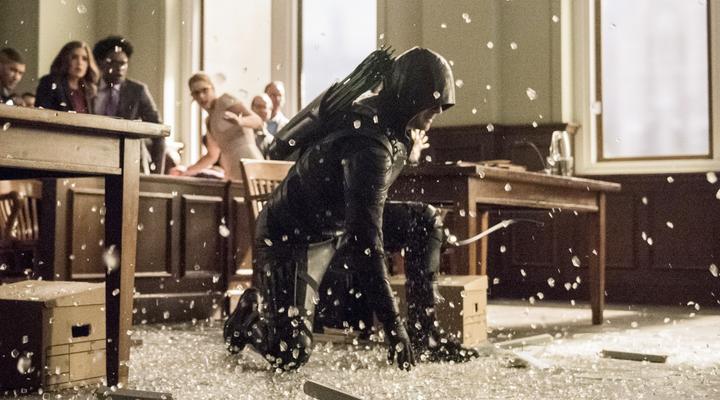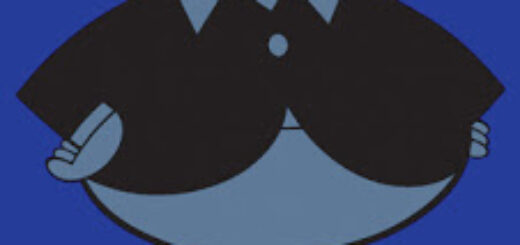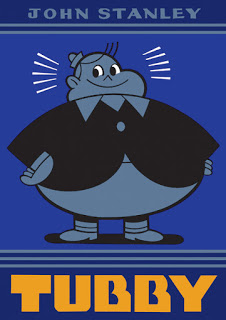Book-A-Day 2018 #225: Penny Century by Jaime Hernandez
 You might think the stories in this book would feel like a break, but they don’t.
You might think the stories in this book would feel like a break, but they don’t.
Penny Century collects work from Jaime Hernandez from the great Love and Rockets hiatus: from right after the end of the first comics series (in 1996) through 2002, just after the start of the second series. One might assume that the first series ended because the creators — Jaime and his brother Gilbert — wanted to shake the status quo up, and try different things.
But, for the evidence here, that wasn’t true on the Jaime side of the book: what he did immediately afterward was Whoa, Nellie!, a short graphic novel about the cluster of his usual characters connected to the world of women’s wrestling, and then immediately after the single-issue “Maggie and Hopey Color Fun Special,” starring his two most central and popular characters. (And then the solo series Penny Century, which focused slightly more on the title character, as this book does.)
Of course, these days — twenty years later — we just see Penny Century as the fourth collection reprinting Jaime’s Locas stories. There’s no break, and we don’t expect there to be one. Maggie and Hopey reunited at the end of the previous volume, which means…they’re mostly still living separate lives in different places in this book.
Jaime Hernandez might be a romantic in some ways — he does write great stories about the ways people love each other — but not the way we usually mean that term. Maggie and Hopey lived together, and had a relationship, for a short time when they were both very young, and have been separated for a good decade at this point. In fiction, we tend to assume that means they’re “meant” for each other, and that they’ll be deeply in love when they meet. But in a real world, it just means they each once was a different person, and those people were close.
And let’s not forget that one of the core traits of all of Jaime’s major characters — from Maggie to Doyle, from Ray D. to Speedy, from Hopey to Izzy — is that they all find ways to doubt and sabotage themselves. (The one singular exception is Penny Century, maybe because she resolutely refuses to be Beatriz Garcia, the person she would sabotage. That also makes her the most surface-y of Jaime’s characters, with quirks like repeatedly running away from her billionaire husband and wishing for superpowers substituting for more substantial flaws.)
That’s made clearer than ever in two of the long stories towards the end of this book: “The Race,” a Maggie dream sequence focusing on her worries and inadequacies, and “Everybody Loves Me, Baby,” the flashback-filled story of Maggie’s marriage and divorce to a guy from the old punk days. That self-destructive impulse may be most obvious, and most pervasive, in Maggie, but maybe that’s just because she’s the central character.
If you want to be really reductive, Locas is the story of people making choices — often without even realizing it was a choice — that turn out badly in the long run. Not genre fiction badly — real world badly. Like missing a step here and missing a step there and finding yourself older than you thought and without any of the things you thought you wanted. That’s where Jaime’s characters live: in that feeling, in that world.
They’re happy enough, like any of us: that’s what life is like. And Jaime Hernandez is one of the best at showing that feeling, that kind of life: his people feel like friends we’ve known all our lives, or like ourselves. Penny Century collects an era that’s not talked about a lot — not like “The Death of Speedy” for a decade before or the “Browntown” from a decade later — but it shows those people in the middle of those lives in all of their glory. And, as always, he draws like a dream.
![]()
![]()
Reposted from The Antick Musings of G.B.H. Hornswoggler, Gent.









